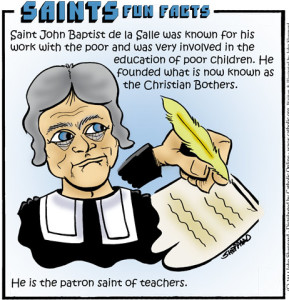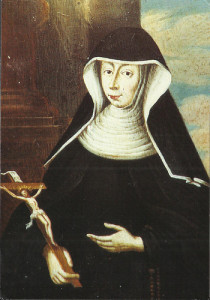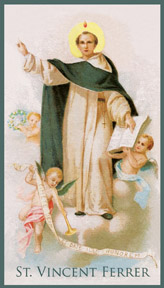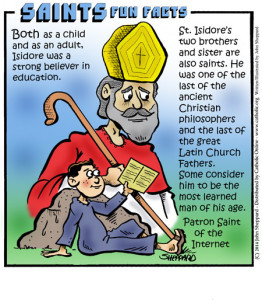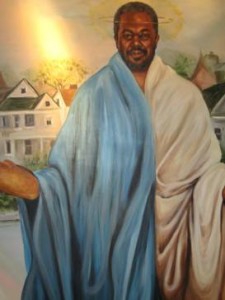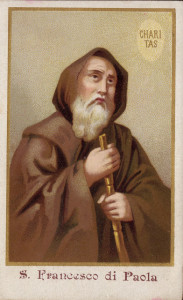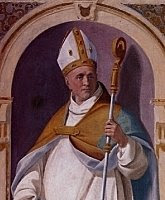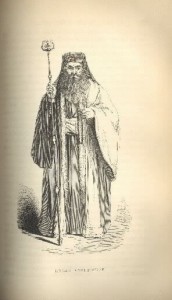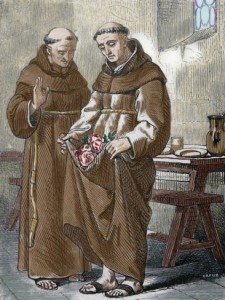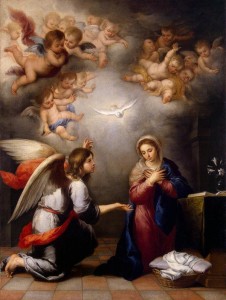
Happy Feast of the Annunciation
Image Courtesy: Giselle Theresa Cua
(Franciscan Media) For centuries the ‘Feast of the Annunciation’ has been celebrated by Christians–Its central focus is the Incarnation. God has become one of us. From all eternity God has decided that the Second Person of the Blessed Trinity should become human. — As Luke 1:26-38 tells us, the decision is being realized. Jesus Christ embraces all humanity, indeed all creation to bring it to God in one great act of love–however because humans have rejected God, Jesus will accept a life of suffering and an agonizing death.
“Greater love has no man than this, that a man lay down his life for his friends.” —John 15:13
Blessed Virgin Mary has an important role to play in God’s plan–she is the Virgin Mother who fulfills Isaiah 7:14 and is united with her Son, in carrying out the will of God Psalms 40:8-9; Hebrews 10:7-9; Luke 1:38
The Blessed Virgin Mary shows us that we must listen to God and do His will, writes the U.S. Conference of Catholic Bishops (USCCB) Prayer and action therefore go hand-in-hand. As followers of Jesus Christ, we must make time to talk and listen to Him in prayer. Examining all that we do or simply ‘living’ in the light of our prayers is essential.
Living with a heart open to God’s will has enormous implications. Different people will realize that God calls them to different things.
For an adolescent, it may mean resisting peer pressure to take part in drinking or unchaste activity. For a single adult, it may require offering personal time in service of a needy person. A businessperson may find that honesty and fairness requires a certain course of action. A married couple may realize they should have another child. A frightened pregnant Woman may understand that she needs to ask for help to resist the temptation of having an abortion. A person who is ill may have to accept her/his illness and join her/his suffering to that of Jesus Christ.
Doing God’s will is not easy. We usually have our own plans for our lives, its good to have plans but never at the expense of our growth in relationship to God.
Like Mary, we must trust that God’s will is the best for us and our world. Let us follow the example of Mary and call upon her to help us open our hearts to say “yes” to God.
